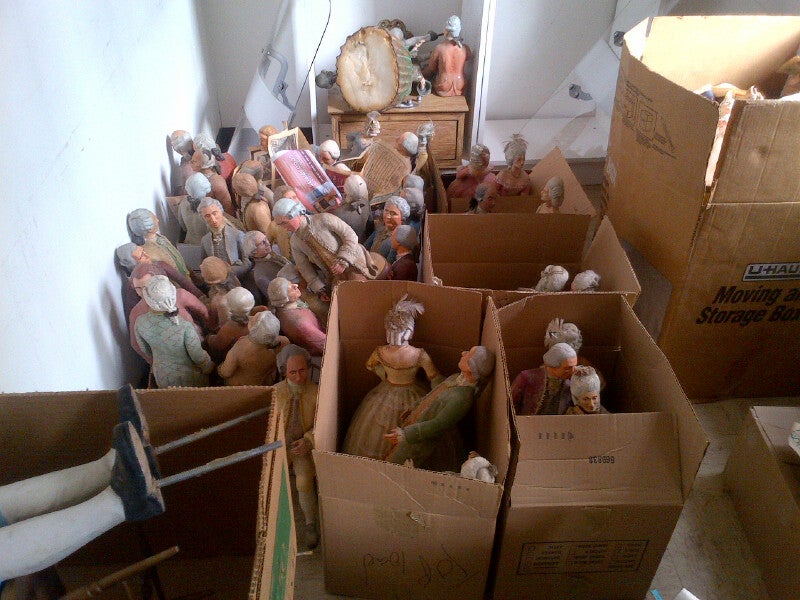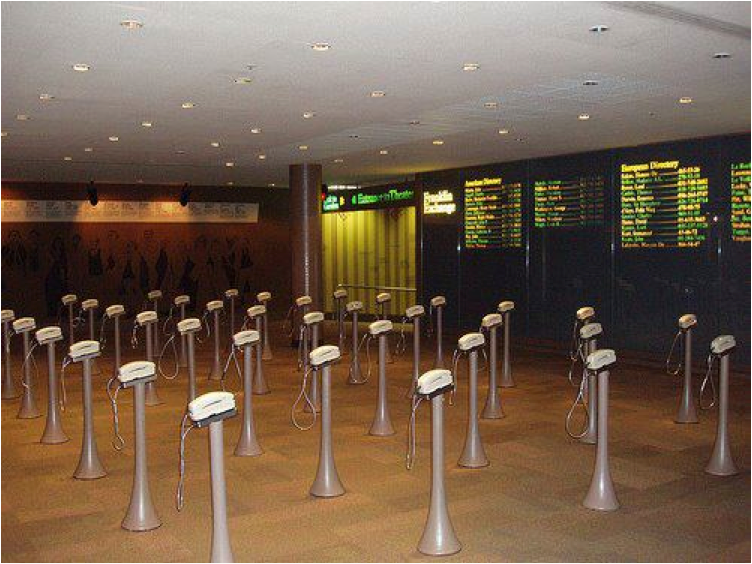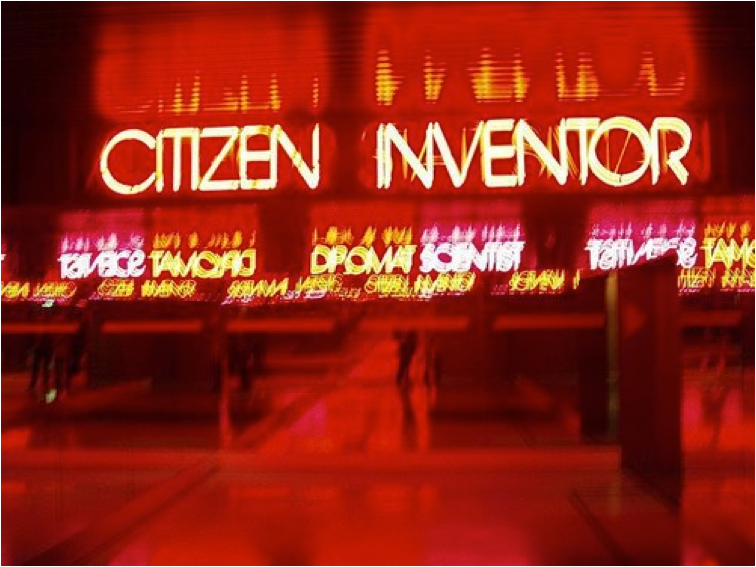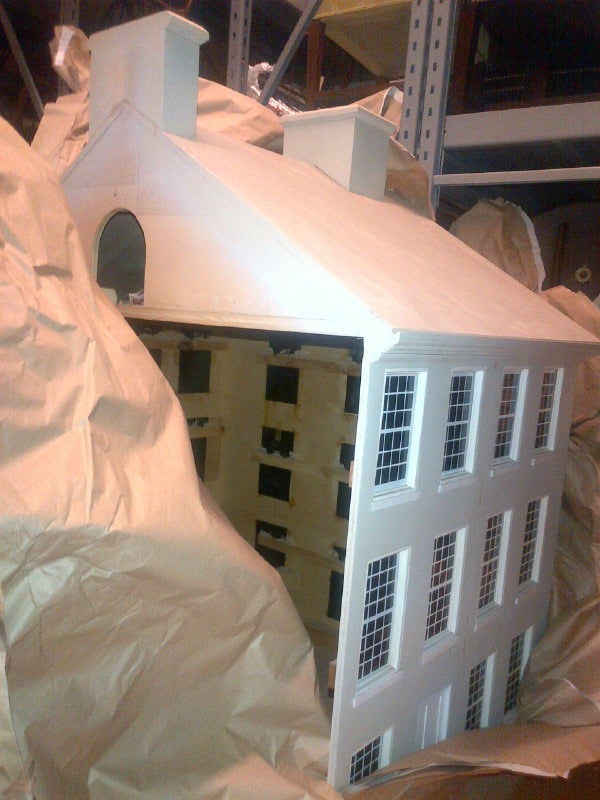The Limits of Nostalgia

The old Benjamin Franklin Museum was creative source material for Community Contributor Sue Landers. So before it was all gone she paid a visit to some of the few remaining relics left from the museum’s former exhibits.
My earliest memory is of visiting the Benjamin Franklin Underground Museum in 1976—the National Park Service’s disco-era celebration of Franklin and, until its renovation, a time capsule.
Built for Philadelphia’s bicentennial celebration, the museum ultimately became more notable for its kitsch than its educational value. It was a place trapped in time, a collection of corded phones and neon lights. It was awesome.

In one exhibit you could use phones to hear people remarking on Franklin. You had to dial all the digits of very real-looking phone numbers, some even with international country codes. The exhibit’s directions included tips like, “Give your party at least 4 rings to answer” and “Busy signal? Please dial again.”
There was also a hall of mirrors, where you could read flashing neon lights spelling out some of Franklin’s many qualities: citizen, inventor, diplomat, scientist, etc. It was supposed to make you reflect not only on the complexity of Franklin, but upon your own, multi-faceted, nature.

As an adult, I found myself returning to the museum, first out of an appreciation for its dated charms, but later—and especially in light of its renovation—as a means to explore how history, its interpretation, and public memory are continuously (re)constructed.
My interest in interpretative sites as something to explore in their own right, beyond their actual subjects, was largely due to Franklin. Recently, I had started writing a collection of poems that uses his Autobiography as a source text, and wanted to understand the original source of my interest in him, the Underground Museum.
Through the course of my research, I was able to gain access to some amazing people and their amazing stuff, like the people at Independence National Historical Park and what remains of the original museum’s exhibits.

Last fall, a park ranger in Franklin’s print shop on Market Street confirmed what I had suspected—that the bulk of the original museum had been scrapped as part of the renovation, including (gasp!) the phones. But due to a few sentimental staff, some relics were spared, and Karie Diethorn, chief curator for the park, invited me to see them.
The original museum’s collection contained few actual historic artifacts. Instead it had largely relied on the use of replicas. Most, according to Diethorn, had been “too big to save.” But others were so well crafted she felt compelled to do so, with the hope she could find a future use for them, like a replica of a typical 18th century home, tucked away in storage at the Second Bank of the United States.
Diethorn also showed what was left of the “Franklin and the World Stage” exhibit—an assortment of figurines that enacted Franklin’s diplomatic efforts. Earlier this year the few remaining figurines were stored alongside the Park’s riot gear in a storage closet above the post office in Franklin Court. Not knowing how or if she could ever re-use the figures, Diethorn called them “a torn and dirty slip.”
With time, and through the process of conducting other research about the museum*, I’ve gotten over my initial dismay about the loss of the 1976 time capsule. In the end, change inspired a more fruitful set of reflections than the mirrors ever could.
WHYY is your source for fact-based, in-depth journalism and information. As a nonprofit organization, we rely on financial support from readers like you. Please give today.




